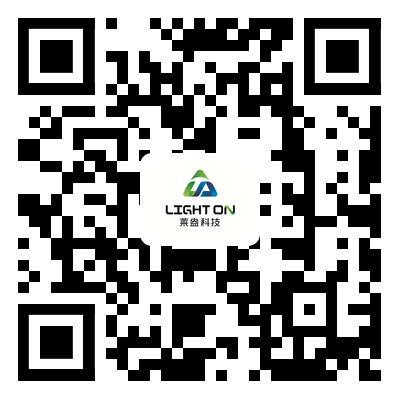- Español
- Português
- русский
- Français
- 日本語
- Deutsch
- tiếng Việt
- Italiano
- Nederlands
- ภาษาไทย
- Polski
- 한국어
- Svenska
- magyar
- Malay
- বাংলা ভাষার
- Dansk
- Suomi
- हिन्दी
- Pilipino
- Türkçe
- Gaeilge
- العربية
- Indonesia
- Norsk
- تمل
- český
- ελληνικά
- український
- Javanese
- فارسی
- தமிழ்
- తెలుగు
- नेपाली
- Burmese
- български
- ລາວ
- Latine
- Қазақша
- Euskal
- Azərbaycan
- Slovenský jazyk
- Македонски
- Lietuvos
- Eesti Keel
- Română
- Slovenski
- मराठी
- Srpski језик
Why Plants need 730nm Far Red Light of LED grow light?
2021-07-30
Two major effects of 730nm far-red LED on plant growth
The effects of light on plants are mainly manifested in two aspects:
First, to provide radiant energy for photosynthesis;
Second, as a signal to regulate many physiological processes in the plant life cycle.
Light plays an important role in the growth and development of plants, which affects almost all the growth stages of plants.
Effects of light on plant growth -- Photosynthesis and photosensitive pigments
Photosynthesis is the process by which green plants use light energy, through chloroplasts, to convert carbon dioxide and water into energy-storing organic matter and release oxygen. The key players in this process are chloroplasts inside plant cells. Under the action of sunlight, chloroplasts convert carbon dioxide, which enters the leaf through the stomata, and water, which is absorbed by the roots, into glucose and release oxygen.
The photosystem in which the photoreaction takes place consists of a variety of pigments,such as chlorophyll A, chlorophyll B, carotenoids .The main absorption spectra of chlorophyll A, chlorophyll B and carotenoids were concentrated at 450nm and 660nm .Therefore, in order to promote photosynthesis, the combination of 450nm deep blue LED and 660 nm super red LED, plus part of white LED, is mainly used to achieve efficient LED plant supplementary lighting, as shown in Figure 1:
Two major effects of 730nm far-red LED on plants
1.Shading effects of 730nm Far Red Light
One of the most important effects of 730nm far-red lighting on plants is shade avoidance (FIG. 3)
If the plant is only illuminated by the deep red light at 660nm, the plant will feel that it is under direct sunlight and grow normally. If the plant is mainly illuminated by the 730nm far-red light, the plant will feel as if the direct light of the sun is blocked by another taller plant, so the plant will make more efforts to grow to break through the occlusion, that is, it helps the plant grow taller, but it does not necessarily mean that there will be more biomass (bio mass).
2. Flowering induction by 730 nm far-red light
Another important role of 730nm far red light in horticultural lighting applications is that the flowering cycle can be controlled by lighting at 660nm and 730nm, rather than relying solely on the influence of season, which is of great value for ornamental flowers.
The conversion of photosensitive pigment Pr to Pfr is mainly induced by the deep red light at 660nm (representing daylight sunlight), while the conversion of Pfr to Pr usually occurs naturally at night, and can also be excited by the irradiation of far red light at 730nm, as shown in Figure4..
Shenzhen Light On Technology Co.,Ltd is
professional supplier of LED grow light and equipment in Shenzhen, China. Our
service and project management teams with lots of experience in grow and
horticulture lighting industry. They will offer the highest quality of services
and professional solutions for your each project. The customized services are
always available for your special requirements such as marketing and new
product development which tailored to your company brand establishment.




